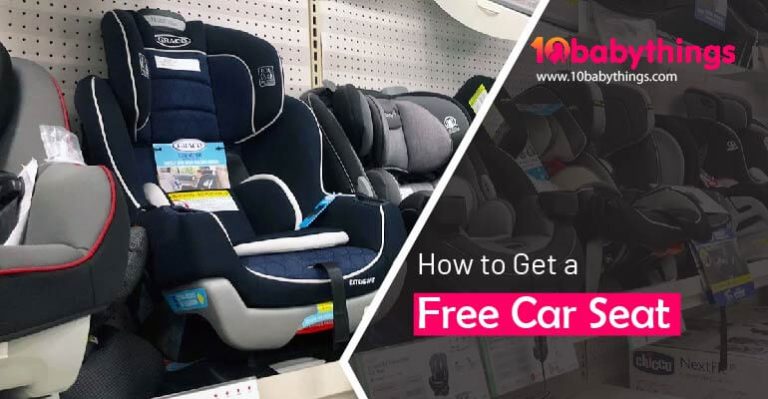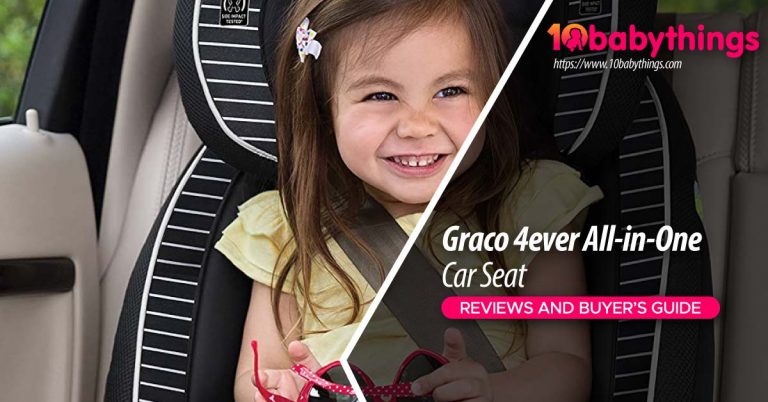When to Switch Your Child’s Car Seat?
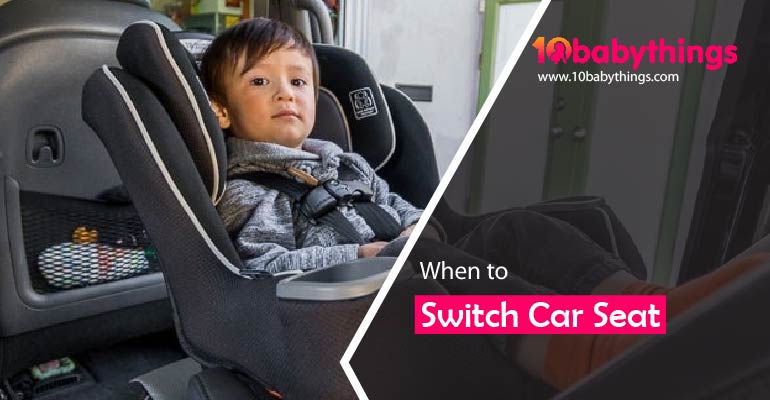
Are your curious about When to Switch Car Seat? A car seat or booster seat’s effectiveness depends on its fit and size.
When has your child’s head protruded over the edge of their car seat? It’s happening right now, mama. There is a need to replace car seats as soon as possible.
Upgrades aren’t just necessary as your child grows. You may also need to shop due to car accidents, expiration dates, and other reasons.
When should you switch your child’s car seat? Among other burning questions about changing car seats, we’ll answer those as well.
There are different weight, height, and age regulations, which can make things quite confusing. Therefore, we have compiled a guide to changing your child’s car seat.
When to Switch Car Seat ? 4 things to consider
1. Be patient:
As long as the label on the car seat indicates the maximum weight and height limits, your child should stay in the car seat you currently have. It’s best to take things slowly since every step you take reduces safety a little bit. Exactly why?
The head, neck, and spine of your child can move evenly into the car seat if you are involved in a front-end crash (the most common type of crash). Depending on the weight, height, and age of the child, each seat is designed to provide maximum safety
2. Seats that face the rear:
The harness should be removed from your child’s car seat when he or she reaches the age of 2 and has outgrown it in weight or height. In the future, you may need to switch from a rear-facing-only car seat to a larger convertible rear-facing car seat that can accommodate a larger child. Check out our baby car seat guide.
3. Car seats facing forward:
Once your child reaches the rear-facing height or weight limit, the convertible car seat can be turned forward-facing, or you can use a forward-facing only seat with a 5-point harness and top tether.
If your child is too heavy or too tall to sit in a booster seat, he or she may need to be placed in a forward-facing car seat with a harness that has a higher weight or height limit.
4. Seats for boosters:
Booster seats are a great alternative to forward-facing car seats once your child is too big for them. They can be used with the lap and shoulder seat belts in the vehicle as a belt-positioning booster seat.
Restrictions on infant seats
Your child can fit comfortably in most infant seats up to around 22 to 35 pounds. It may seem like you can keep using the seat for longer (my 3-year-old just reached 34 pounds), but height is also a consideration.
Infant seats have varying back heights, so there is no set height limit. When your child’s head no longer fits comfortably between the top of their seat and their head, it’s time to switch. Height limits can be found in your manual.
Safe Kids Worldwide recommends rear-facing child seats until children are two years old. Your child will likely need a convertible seat if they outgrow the infant car seat before age two.
Seating restrictions for convertibles
There will be a wide range of weight and height restrictions for convertible car seats. In addition to accommodating up to 65 pounds, there are some convertible car seats that are considered “all-in-one” models that can accommodate even more weight.
My research turned up a few all-in-one seats that your child could use up until they reached 100 pounds or more.
Usually, convertible seats have higher backs so that they can accommodate your child for a longer period of time than infant seats. Additionally, convertible seats have a longer lifespan than infant seats.
The height and weight limits will vary depending on the seat mode (rear-facing, forward-facing, and booster for all-in-one seats). The seat is outgrown once one of these limits is exceeded by the child (either in height or weight), and it can be moved to the next “mode.”
Other criteria, such as harness strap placement and buckle position, will also indicate when the seat is no longer appropriate.
Depending on the mode (such as rear-facing or forward-facing), the acceptable height and weight ranges may overlap. In other words, the car seat manufacturer permits a child of that size and weight to use the seat both upright and in a forward-facing position. Experts recommend allowing your child to stay in each phase of the car seat as long as possible before moving on to the next one.
Car Seat Restriction for Forward-Facing Seats
You can turn your child’s car seat forward as soon as they outgrow the rear-facing limits. It will be obvious to you when the forward-facing car seat is no longer appropriate based on your height and weight. Check the harness and headrest position to see if your child is close to outgrowing the seat.
As your child faces forward, a correctly positioned harness should have its straps reach the harness slot and above his or her shoulders when he or she is facing forward.
If the shoulder straps are no longer at or above the shoulders when the straps are on the highest slot, then it is time to move to a booster seat. You should also make sure that your child’s ears are below the top of the headrest of the car seat when they are facing forward.
Five-point harnesses should be worn by children until they are seven years old, states the National Highway Traffic Safety Administration (NHTSA). If you opt for a five-point harness, your child will be very safe because the forces from a crash are spread over a wider area of the body, reducing the impact at each point.
Furthermore, it prevents the child from wriggling around into potentially unsafe positions, unlike a booster seat.
Restrictions on booster seats
Once your child reaches 40 pounds, they need a booster seat. A booster seat comes in several different styles. Backless and high-back chairs are both available. Children who fall asleep in the car or who are younger booster riders benefit from high-back booster seats.
There are now booster seats available for children weighing up to 100 pounds. Seatbelts are designed to fall correctly across the body of your child when they are in a booster seat.
The lap belt should sit low on your child’s thighs and the seatbelt should be firmly fastened around their shoulders. Seat belts should not be twisted. A belt guide is also usually included with booster seats to help you get the right fit.
Accidents in cars
Getting into an accident may also require you to switch car seats. Those who have been involved in a moderate or severe car accident will need to replace their child’s seat.
Even after a crash, the seat may be usable in some cases, such as in cases of “minor” accidents. Minor car accidents can be categorized as follows:
- Driving away from the crash site is considered an accident with a driver who was able to escape.
- Neither the car seat nor the door nearest it was damaged.
- No injuries were sustained by the passenger.
- No airbags deployed.
- I can’t see any damage to the car seat.
The above statements would indicate that your car accident was minor. It is still recommended that you replace your car seat after a “minor” crash according to some car seat manufacturers, so be sure to check your manual at all times.
CPSTs (Child Passenger Safety Technicians) can assist you if you have any doubts. If you need help drawing a conclusion, they should be able to assist you.
The Best Way to Dispose of Old Car Seats
How do you dispose of your old car seat when you get a new one? Throughout the year, big-box retailers, such as Target, usually have trade-in events. They give you a discount on new gear when you recycle your old seat.
In the event that you do not participate in a trade-in event, you may be able to recycle or dispose of the seat yourself. If you want to do it correctly, you must follow specific steps.
Your local recycling center may accept car seats. Find out if they do and how they do it. Here’s where you can recycle car seats.
Identify the center’s plastic policy for car seats before you call. The frame may only need to be brought naked, while others may want it completely disassembled.
If there is any foam padding or cover, remove them and throw them away.
It is also necessary to cut and throw away the harness straps.
Metal and plastic must be separated: The recycling center may not require that you separate the metal and plastic. Taking it apart will probably require a screwdriver.
No one will pick it up from the garbage if it is clearly marked “UNSAFE” or “EXPIRED.” Despite its incapability to be recycled, it should still be broken down to the bare base and clearly marked “UNSAFE” or “EXPIRED.”
Embrace the new business model
Switching to a new car seat is part of the parenting journey, no matter what the reason is: an accident, an expiration date, or simply your child growing too fast. There are times, however, when switching can be difficult.
This information should be helpful to you as you deal with this milestone. There’s a lot to be excited about, as well as a lot to be scared about. When it comes time to switch seats, be confident and prepared.

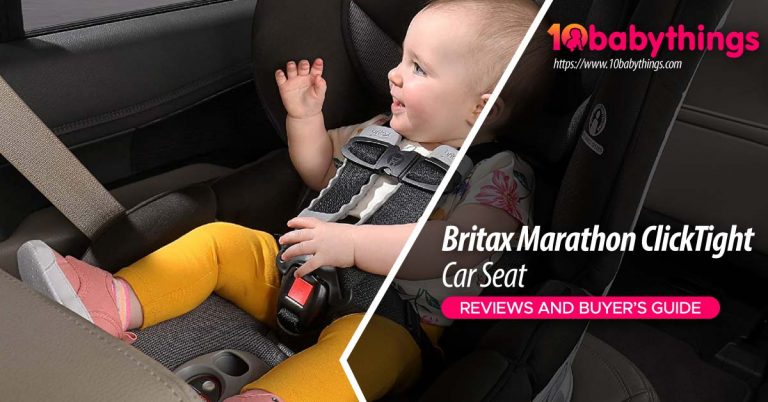
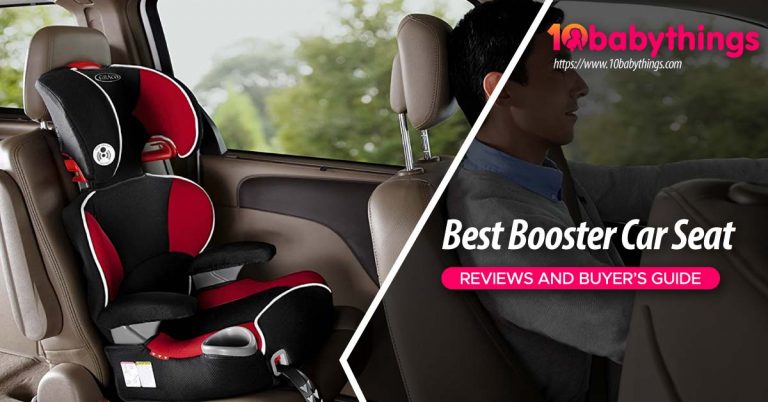
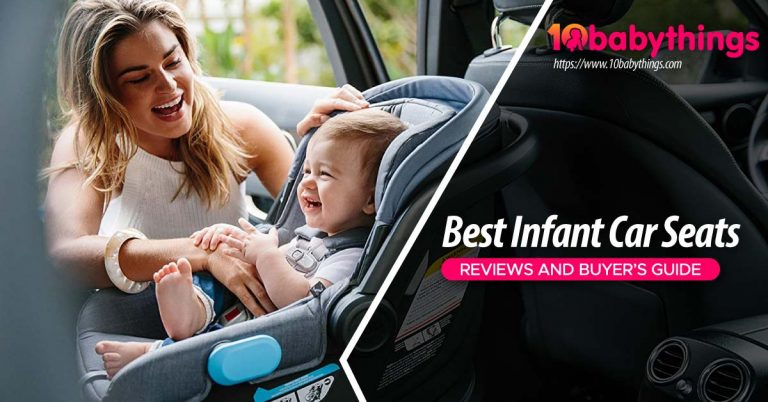
![Ultimate Guide to Car Seat Safety [ Tips & Law ]](https://www.10babythings.com/wp-content/uploads/2022/09/Ultimate-Guide-to-Car-Seat-Safety-01-768x399.jpg)
